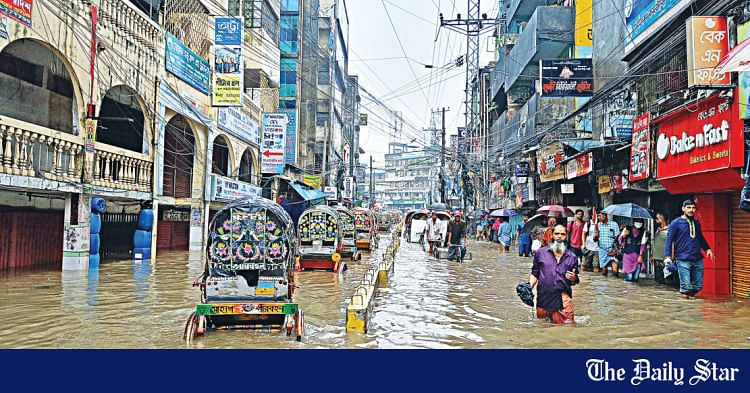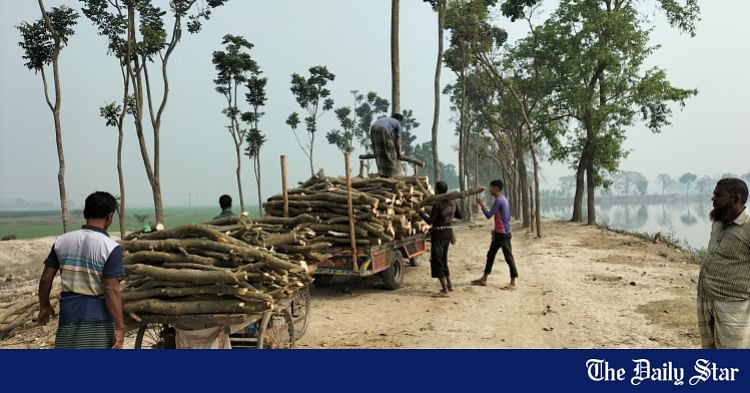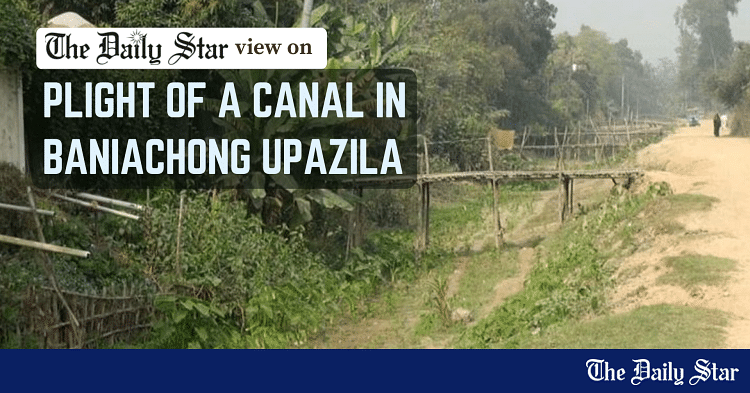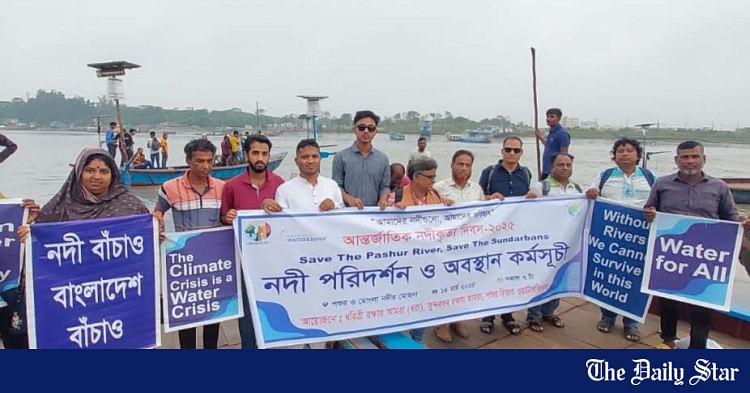Saif
Senior Operative
- 13,242
- 7,264
- Origin

- Axis Group

- Copy to clipboard
- Thread starter
- #345
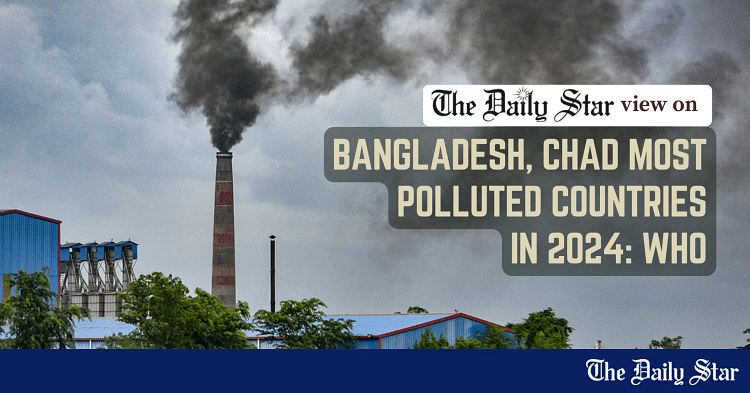
Choking on apathy and neglect
Urgent actions needed to tackle our air pollution crisis
Choking on apathy and neglect
Urgent actions needed to tackle our air pollution crisis

VISUAL: STAR
It is disappointing that Bangladesh and the landlocked nation Chad have been ranked as the world's most polluted countries in 2024, with their average smog levels exceeding WHO guidelines by more than 15 times, according to Swiss air quality monitoring firm IQAir. It is little wonder, then, that air pollution causes 102,456 deaths in Bangladesh every year, as the Centre for Research on Energy and Clean Air (CREA) recently estimated. Other studies over the years have painted a similarly grim picture. These findings should spur frantic efforts to reverse this trend. The question is, why don't they?
The CREA study highlighted that young children are particularly vulnerable, with 5,258 annual deaths from PM2.5-related lower respiratory infections. It estimated that controlling air pollution could prevent 5,254 child deaths each year and avert 29,920 deaths from heart disease, 23,075 from strokes, 20,976 from COPD, 9,720 from pneumonia, and 3,063 from lung cancer. Additionally, pollution-related illnesses lead to 669,000 emergency hospital visits annually and 263 million lost workdays, significantly harming the economy. Similarly, a World Bank report estimated air pollution caused between 78,145 and 88,229 deaths in Bangladesh in 2019. Another study found it shortens the average Bangladeshi's life expectancy by 6.8 years. Despite these staggering consequences, successive governments have taken minimal action. Vehicle pollution remains high, industrial and power plant emissions go largely unregulated, and construction activities and waste burning continue unchecked.
The persistently high pollution levels highlight not only a lack of ambition in policymaking but also a failure to enforce existing regulations. The absence of regular monitoring mechanisms to uphold air quality standards is another major shortcoming. In spite of these failures, the responsible authorities are never held accountable. This must change. Despite concerns caused by the recent US decision to end a programme that many countries relied on for air quality data, the government must take responsibility for developing its own robust air quality monitoring and improvement systems. Investing in its own air quality monitoring infrastructure would be a crucial first step.
Bangladesh also needs to adopt a multi-pronged approach to tackle the deteriorating air quality. Stricter enforcement of emission regulations for industries and vehicles is essential. Brick kilns and factories—both major polluters—must be required to use modern filtration systems, while large-scale afforestation and urban greening initiatives should be undertaken to help absorb pollutants. Construction activities should also be regulated with dust-control measures, and waste burning should be strictly prohibited. Ultimately, the government and other stakeholders must realise that without urgent, science-backed intervention, the country risks an even graver public health and economic crisis in the coming days.
Urgent actions needed to tackle our air pollution crisis
VISUAL: STAR
It is disappointing that Bangladesh and the landlocked nation Chad have been ranked as the world's most polluted countries in 2024, with their average smog levels exceeding WHO guidelines by more than 15 times, according to Swiss air quality monitoring firm IQAir. It is little wonder, then, that air pollution causes 102,456 deaths in Bangladesh every year, as the Centre for Research on Energy and Clean Air (CREA) recently estimated. Other studies over the years have painted a similarly grim picture. These findings should spur frantic efforts to reverse this trend. The question is, why don't they?
The CREA study highlighted that young children are particularly vulnerable, with 5,258 annual deaths from PM2.5-related lower respiratory infections. It estimated that controlling air pollution could prevent 5,254 child deaths each year and avert 29,920 deaths from heart disease, 23,075 from strokes, 20,976 from COPD, 9,720 from pneumonia, and 3,063 from lung cancer. Additionally, pollution-related illnesses lead to 669,000 emergency hospital visits annually and 263 million lost workdays, significantly harming the economy. Similarly, a World Bank report estimated air pollution caused between 78,145 and 88,229 deaths in Bangladesh in 2019. Another study found it shortens the average Bangladeshi's life expectancy by 6.8 years. Despite these staggering consequences, successive governments have taken minimal action. Vehicle pollution remains high, industrial and power plant emissions go largely unregulated, and construction activities and waste burning continue unchecked.
The persistently high pollution levels highlight not only a lack of ambition in policymaking but also a failure to enforce existing regulations. The absence of regular monitoring mechanisms to uphold air quality standards is another major shortcoming. In spite of these failures, the responsible authorities are never held accountable. This must change. Despite concerns caused by the recent US decision to end a programme that many countries relied on for air quality data, the government must take responsibility for developing its own robust air quality monitoring and improvement systems. Investing in its own air quality monitoring infrastructure would be a crucial first step.
Bangladesh also needs to adopt a multi-pronged approach to tackle the deteriorating air quality. Stricter enforcement of emission regulations for industries and vehicles is essential. Brick kilns and factories—both major polluters—must be required to use modern filtration systems, while large-scale afforestation and urban greening initiatives should be undertaken to help absorb pollutants. Construction activities should also be regulated with dust-control measures, and waste burning should be strictly prohibited. Ultimately, the government and other stakeholders must realise that without urgent, science-backed intervention, the country risks an even graver public health and economic crisis in the coming days.

